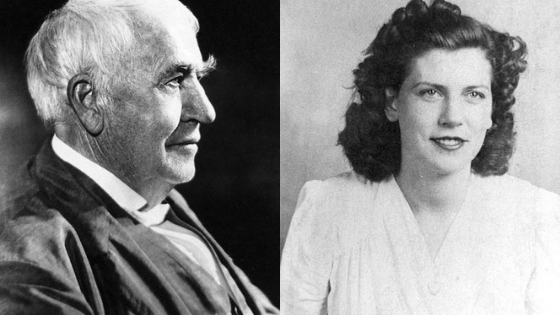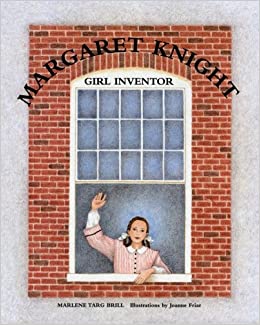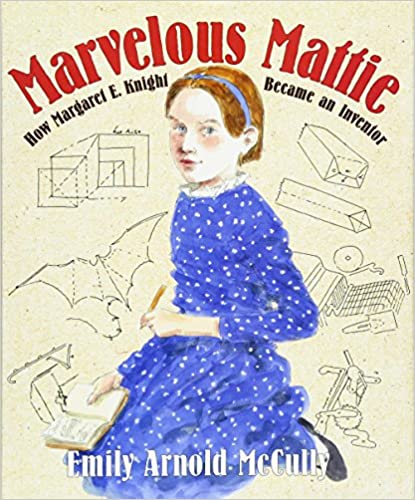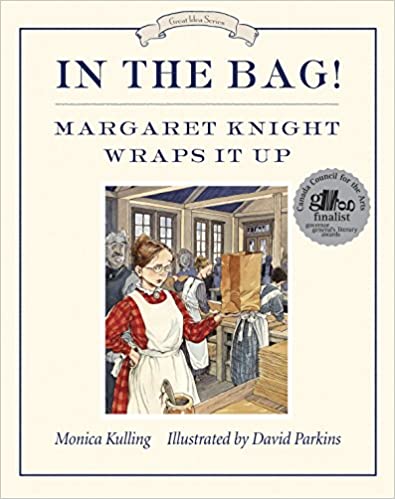Margaret Knight (February 14, 1838 – October 12, 1914) was an inventor who lived during the time of Thomas Edison. Like Edison, she gravitated toward technology and invention at a very young age when she was inspired to invent a factory safety device after witnessing an accident in the cotton mill where she worked. Margaret went on to accumulate many patents and inventions for industrial and everyday machines during her productive life. She and Edison even shared the same birth and death months. So who was this woman they called the “woman Edison”?
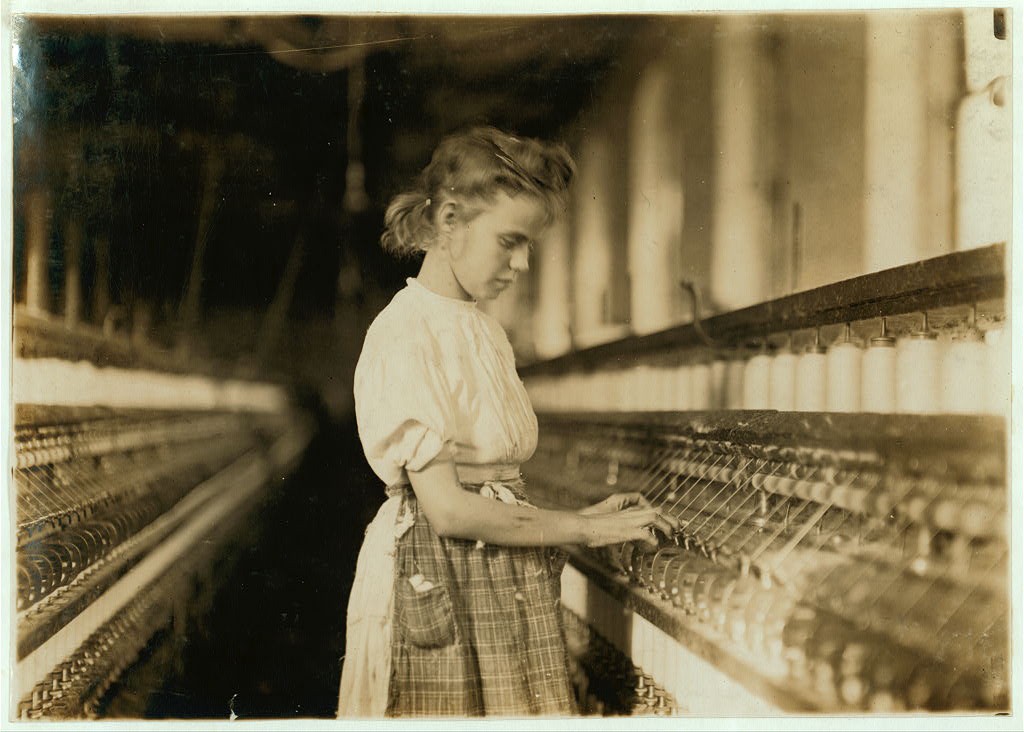
In 2006, the National Inventor’s Hall of Fame recognized Margaret for her 1879 patent of a machine for making flat-bottom paper bags. This machine enabled the mass production of the paper bags used to carry groceries and pack lunches. She acquired two more patents for further improvements she made to the paper bag machine. Grocery stores around the world still use her bag design. Margaret Knight was one of the first women to receive a patent, most notably for her invention of the flat-bottomed paper bag machine. Worth noting, 1879 was the same year as Edison’s iconic lightbulb invention!

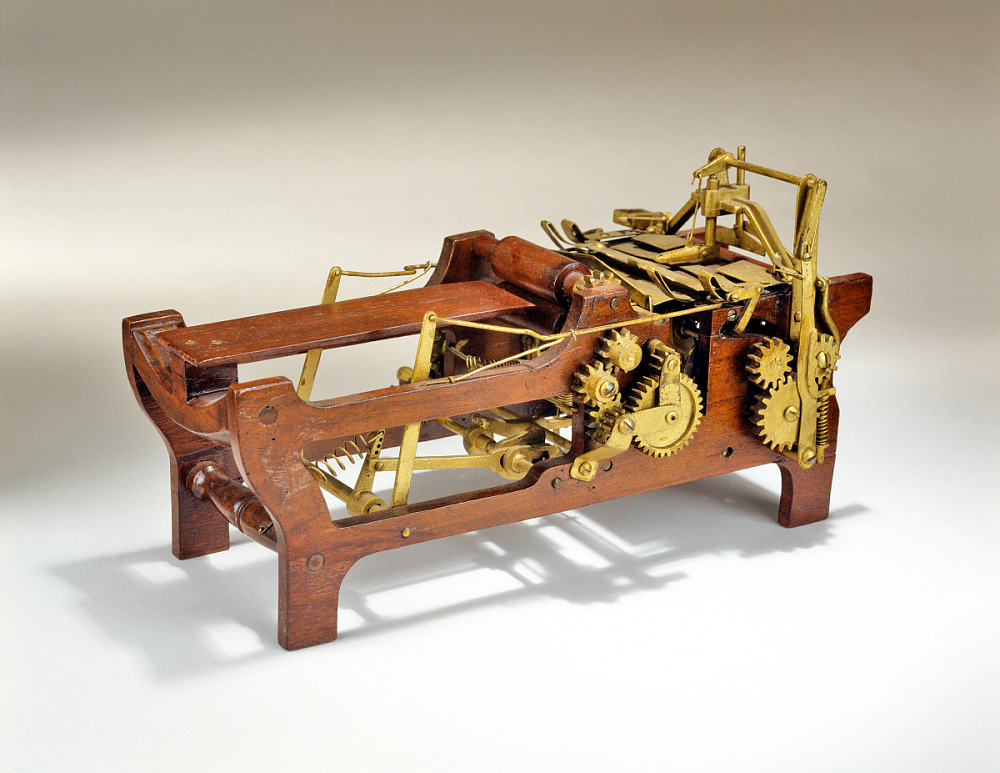
Knight invented three domestic items in the 1880s. In 1883 she designed a dress and skirt shield. The next year she developed a clasp for holding robes. Then in 1885 she designed a spit; a spit is a long, pointed tool used to skewer meat for cooking.
In 1890 Knight turned to a new field for her inventions. This time she focused on the making of shoes. Before shoes were sewn together, a person or machine used a pattern to cut them out of large pieces of material. Knight designed several machines that improved this process of shoe cutting. In just four years she acquired six patents for her inventions in this field.
A few years passed before Knight began working with motors and rotary engines to produce her next set of inventions. In the early 1900s she created a number of components for rotary engines and motors. Her first was patented in 1902, her last in 1915. The sleeve-valve automobile engine was her most notable invention in this category. When she died in 1914, Knight had acquired at least 27 patents and made approximately 90 inventions. Her largely self-taught abilities and great interest in machinery made her an extraordinary American inventor of the industrial era. This ability to educate herself was just another trait she shared with Thomas Edison!
Today, there have been many publications created about the most famous 19th-century woman inventor, Margaret Knight. To learn more about her impressive life, dive deeper into the recommended books below:
Margaret Knight: Girl Inventor

